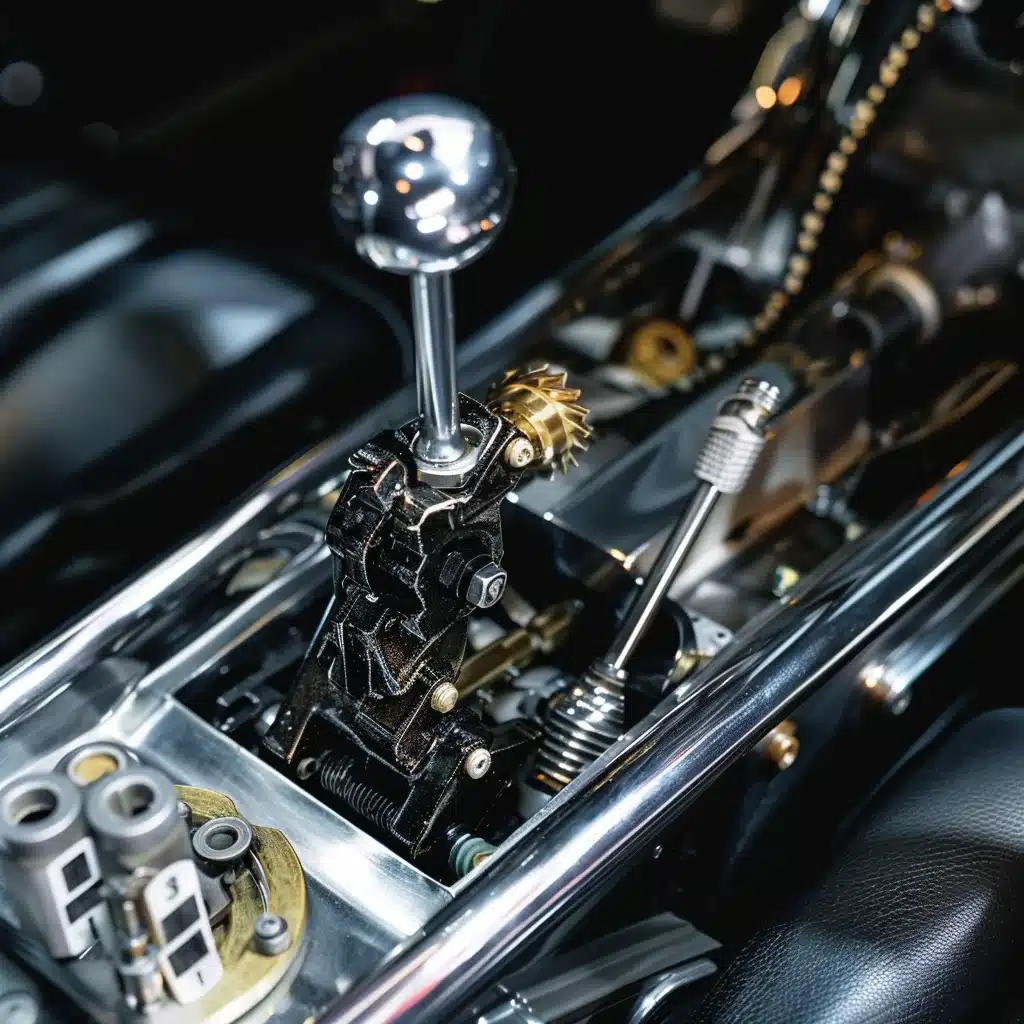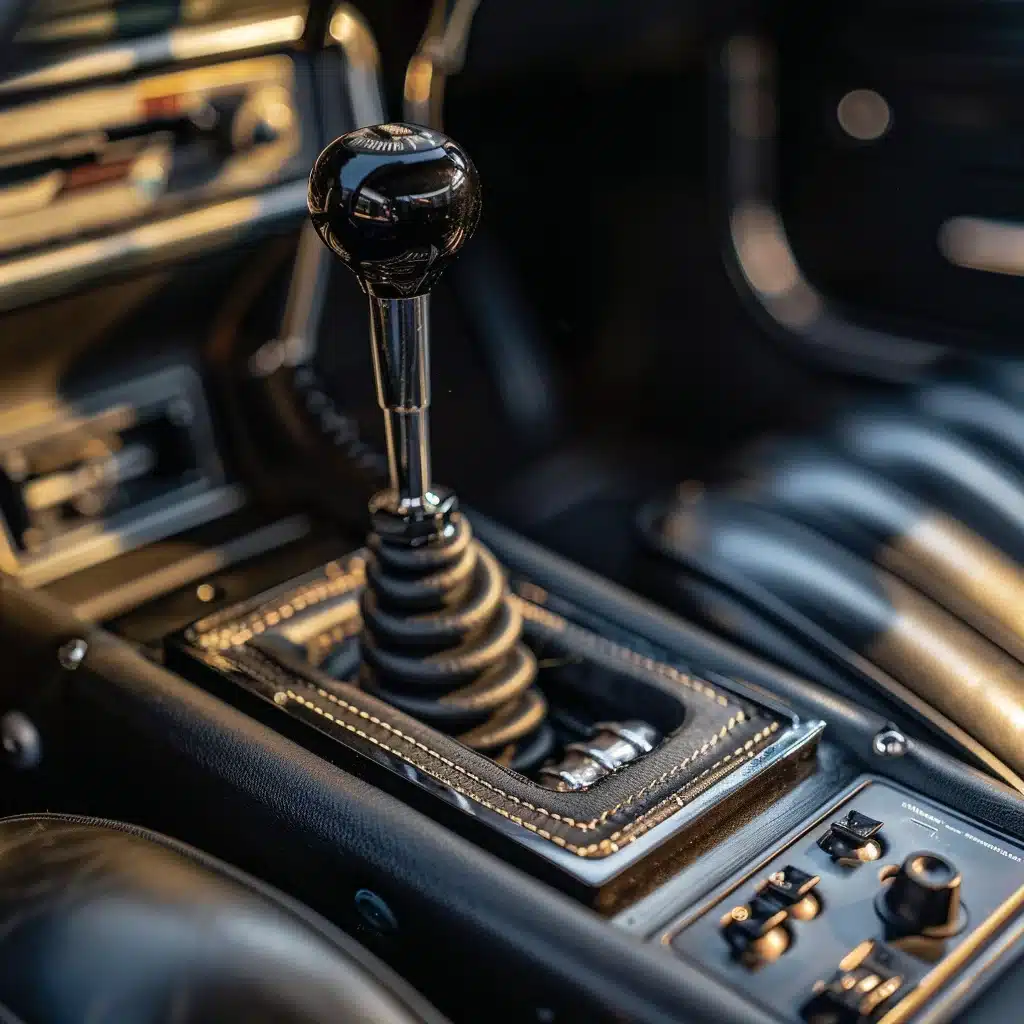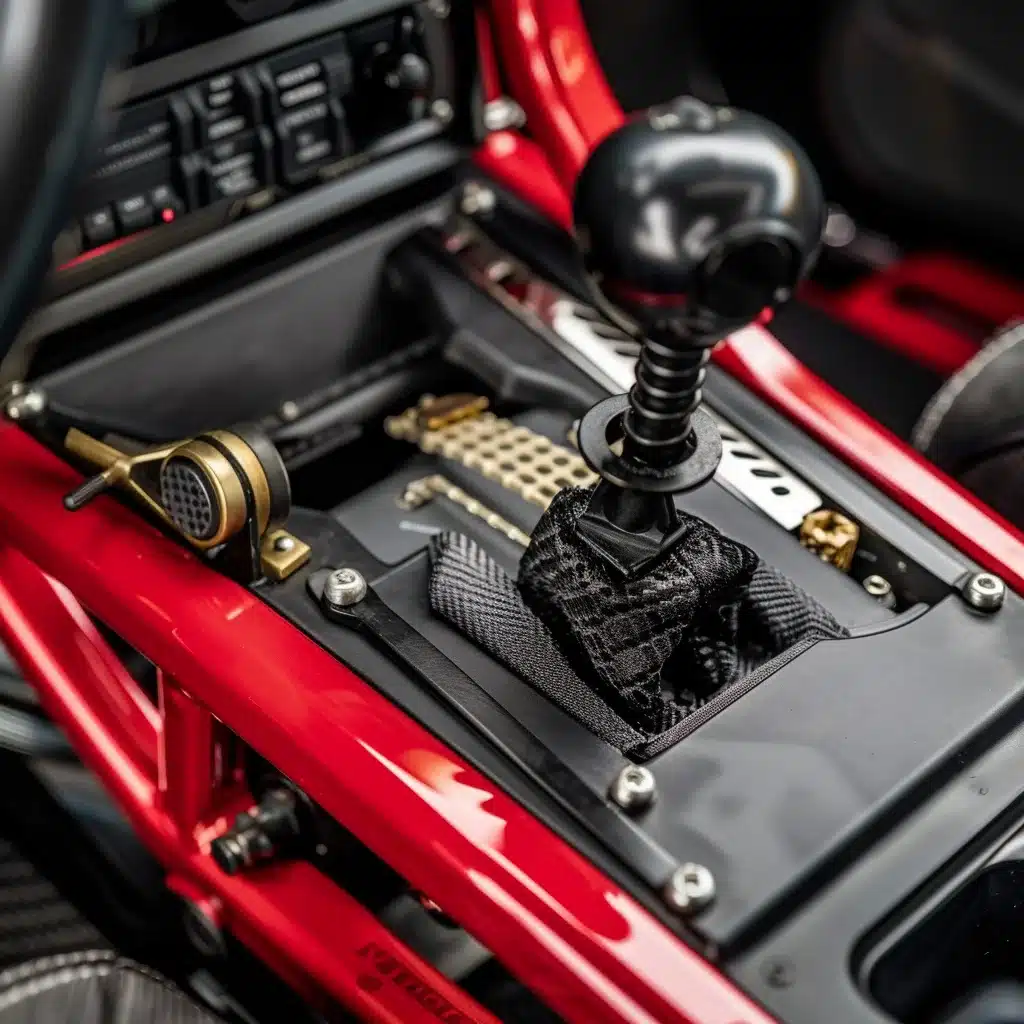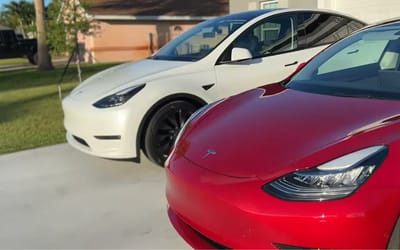Americans have answered why they only drive automatic while rest of the world drives manual
- An estimated 97 percent of Americans drive automatic vehicles
- But there are reasons why the USA has abandoned the manual car
- The manual vs automatic debate is set to rage on for years yet
Published on Jul 11, 2024 at 2:09 PM (UTC+4)
by Amelia Jean Hershman-Jones
Last updated on Jul 11, 2024 at 8:59 PM (UTC+4)
Edited by
Tom Wood
With an estimated 97 percent of America driving automatic – why has the USA eschewed the manual car that most of the world still drives?
Many have speculated as to why they’re refusing to burn out the clutch, roll down hills, and stall the engine – but here are what the experts think.
Let’s stick it in drive and get going.
READ MORE! The Pagani Utopia is here and it has a wild V12 with a manual gearbox
Why Americans are switching to automatic

With the shocking figures from CarMax, it seems the stick-shift rite of passage is over in the USA.
In fact, many US drivers seemed ‘baffled’ by how a stick shift actually works.
Manual car sales have dropped, with sales data revealing that 3.7 percent of vehicles sold had stick shifts in 2018 versus a down-shifted 2.4 percent today.
Looking at the broader picture, this is down 89.5 percent since 1995.
“Automatics are much more utilitarian cars that get people from point A to point B” Lauren Fix, aka the Car Coach, told Readers Digest.
She does have a point, but isn’t there just more – let’s say – ‘heart’ in a manual gearbox?

Meanwhile, European car sales suggest that drivers there prefer higher-end cars.
What’s more, American drivers are known for multitasking.
“Americans eat while they drive and they multitask while they drive,” Fix explained.
“Europeans do not.”
It’s worth noting, however, that you should be doing none of those things at the wheel.
As if to illustrate that point, learn from these car thieves who stalled a Porsche twice were forced to give up because they can’t drive manual.
The lesson – or at least the important one – is not to steal cars in the first place.
Why Europeans are sticking to manual transmissions

In Europe, learners tend to drive on Microcars with stick shifts, with a manual transmission forcing youngsters to be more engaged with driving.
But it’s no easy feat as a UK-based driving instructor can attest.
“They pay attention to the road much more so than we do here in the United States,” Fix said.
“I have been all over Europe and nobody’s on the phone while driving. Not even on speakerphone. They just don’t. That’s just not part of their culture.”
Manual transmissions also use less fuel – an important consideration when people in Norway pay an average of $7.82 for a gallon of gas, per Sixt.com.
The Guardian also sparked the conversation, prompting readers – both American and otherwise – to pull up and give their thoughts on the matter.
Per their responses, Canada, Mexico, New Zealand, and South Korea are just a few of the countries following where America leads.

But the responses on both sides of their fence were somewhat scathing.
“Because they need a free hand to flip the bird to other road users!” one replied.
“If one is busy shifting with one’s right hand and clutching with one’s left foot, how can one possibly text/tweet, eat, put on mascara, shave, change the radio station, change nail polish (and, of course, take selfies of oneself engaging in all of these activities) while one is alternatively stand-still gridlocked or driving 20mph over the speed limit, while trying to avoid potholes and construction barriers on the highways at least twice daily?,” said a second.
“My question would be: why wouldn’t you?” one said to sum up the matter.
It might be on the wane in the USA, but don’t expect to see the rest of the world shifting over to automatic gearboxes straight away.
DISCOVER SBX CARS: The global premium car auction platform powered by Supercar Blondie

All Supercar Blondie contributors undergo editorial review and fact-checking to ensure accuracy and authority in automotive journalism. After gaining her BA Hons in French and English at the University of Nottingham, Amelia embarked on a vocational diploma from the National Council for the Training of Journalists (NCTJ). This led to numerous opportunities, from interning at Vogue to being on the small team that launched Women’s Health magazine in the UK, which was named the PPA Consumer magazine of the year for three years running. As Health, Beauty and Fitness editor, Amelia personally received a Johnson & Johnson Award and was shortlisted for both PPA and BSME titles. Since then, Amelia has created content for numerous titles and brands, including the Telegraph, 111 Skin, Waitrose, Red magazine, Stylist, and Elle, as well as being Head of Content at Vitality and Editor in Chief at INLondon magazine. “My superpower is translating technical jargon about the mechanical workings of a supercar into a relatable story you’ll want to share with your friends after you’ve read it.” After joining the SB Media family as a senior journalist in September of 2023, Amelia’s role has evolved to see her heading up the SEO output of the editorial team. From researching the most ‘Google-able’ key terms to producing evergreen content - it’s been a time of hard work, growth, and success for the editorial team and the Supercar Blondie website. “I like to think of myself as a ‘method journalist’. In other words: I live and breathe whatever I am writing about. When writing about fitness, I trained as a personal trainer, and as a beauty editor, I completed an ‘expert’ in scent diploma with the Fragrance Foundation. “During my tenure at Supercar Blondie, however, I did something I never thought possible: I passed my driving test at the age of 36. One day I’d love to train as a mechanic to better understand what happens under the hood, too. “My sweet spot is providing readers with a ‘takeaway’ (read: something new they didn’t know before) after reading every one of my stories. While I don’t claim to be an expert in the automotive world, I know the experts and bodies in the field to rely on to provide our readers with an informative and thought-provoking story every time they visit the site.”




